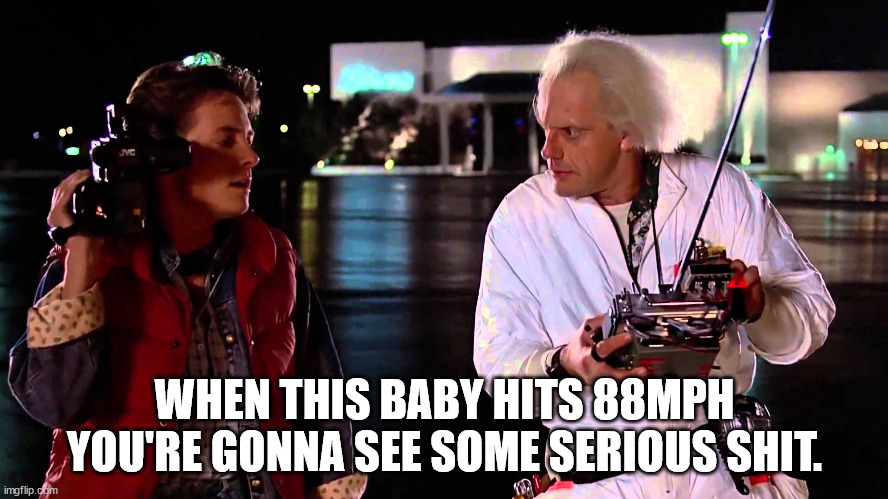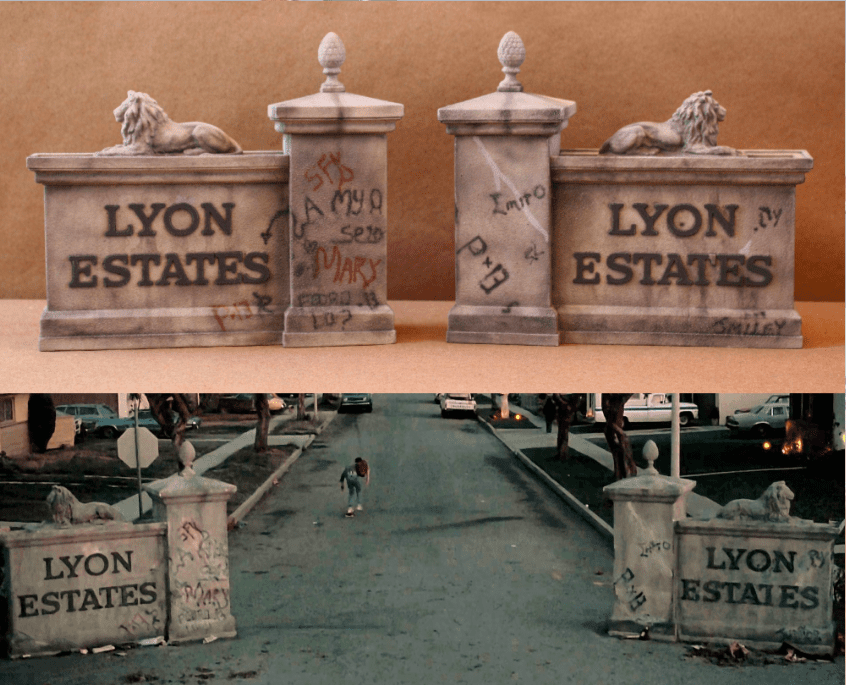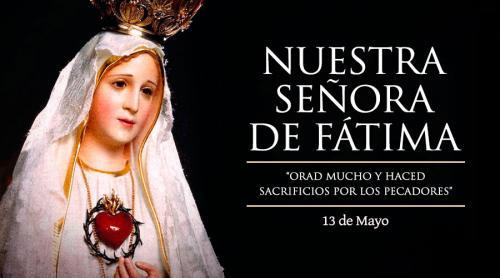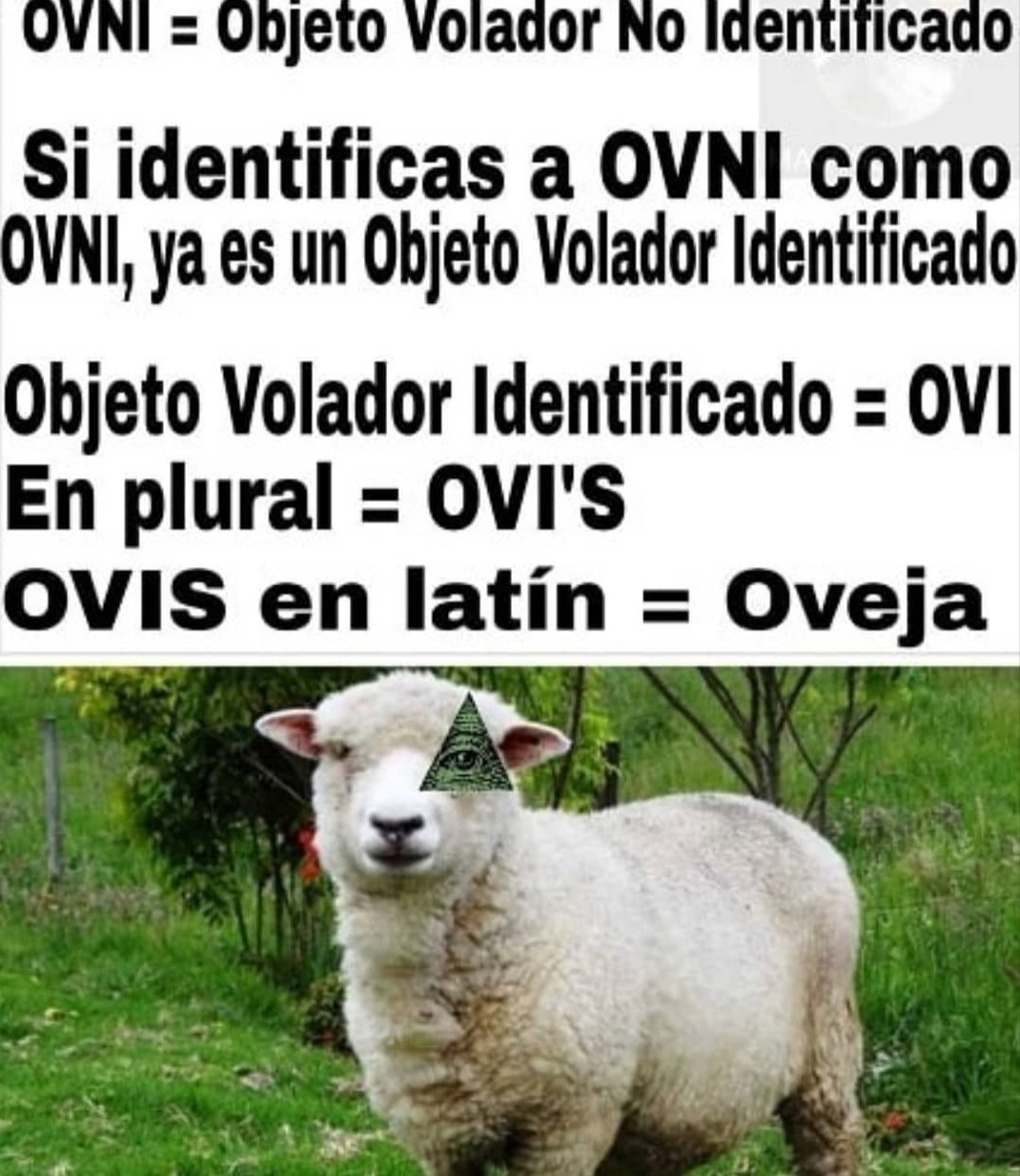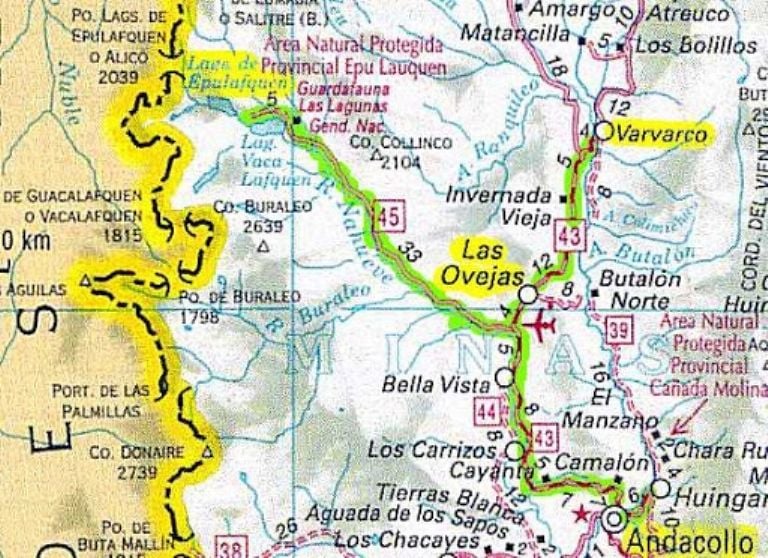|
|
General: LUXOR OBELISK CENTRE OF THE PLACE DE LA CONCORDE PARIS LOUVRE MADELEINE CHURCH
Triar un altre plafó de missatges |
|
|
Luxor Obelisks
From Wikipedia, the free encyclopedia
The Obelisk of Luxor at the centre of the Place de la Concorde, Paris
The remaining obelisk at Luxor Temple pylon
Both obelisks in their original position before the pylon of Luxor Temple, 1832
The Luxor Obelisks (French: Obélisques de Louxor) are a pair of ancient Egyptian obelisks, over 3,000 years old, carved to stand either side of the portal of the Luxor Temple in the reign of Ramesses II (c. 1250 BC). The right-hand (western) stone, 23 metres (75 ft) high, was moved in the 1830s to the Place de la Concorde in Paris, France, while the left-hand (eastern) obelisk remains in its location in Egypt.
The Luxor Obelisk in Paris was classified officially as a monument historique in 1936.
The Luxor Temple predated Ramesses II by about 150 years. During his reign, renovations were made that included the addition of the two obelisks.
The obelisks were each carved from a single piece of red granite, quarried about 100 miles (160 km) south of Luxor in Aswan, transported on a specially designed barge, and lowered into place with ropes and sand.[1]
The two obelisks were slightly different heights, and the one remaining in Luxor is taller. The shorter obelisk was mounted on a taller pedestal and placed farther from the pylon than the other. To an advancing spectator the obelisks may have appeared to be the same height, and this design choice may have been highly deliberate.[2][3]
The obelisk remaining in Luxor is leaning.[4] The Paris obelisk has a fissure in the original stone that had been tended to in antiquity.[5]
The eastern and western faces of each obelisk were slightly convex, the only two ancient obelisks with the feature, and the reason for this is not understood.[2]
Both obelisks feature hieroglyphic text carved in sunken relief on all four sides. In the 19th century, François Chabas produced a full translation of the western (Paris) obelisk, which is about Ramesses II, Amun-Ra, and Horus, and can be read here.
Luxor Obelisk in Paris
[edit]
 Removal of the obelisk
The idea to transport the Luxor Obelisks to Paris appeared first during Napoleon's campaign in Egypt. On 21 March 1799 General Louis-Charles-Antoine Desaix wrote a letter to Napoleon informing him of the existence of two obelisks in Thebes which would constitute an extraordinary sight once brought to Paris.[6] Similarly, Vivant Denon recalls in his 1802 Voyage dans la basse et la Haute Égypte the possibility to bring the obelisks to Paris as a trophy of French conquest.[7] Finally, on 8 October 1800, Jean-Marie-Joseph Coutelle presented before the Institut d'Égypte in Cairo the first technical considerations on the transport and erection of one of the obelisks to the Place de la Concorde.[8] With the eventual end of the French Campaign in Egypt, these plans, however, were never realized.
Under Napoleon's successor, Louis XVIII, the French acquired rights to Cleopatra's Needle in Alexandria, though this obelisk was never moved to France and ended up in New York City in 1881.
In the 1820s Charles X opened an Egyptian Museum and sought an obelisk as a piece of Egyptian art. Around this time, Jean-François Champollion, who had recently achieved prominence for his decipherment of the Rosetta hieroglyphs, saw the Luxor obelisks for the first time and urged the French government to acquire them over any other obelisks.[9]
 Cairo Citadel Clock Cairo Citadel Clock, reportedly given by the French in the 1840s, outside the Mosque of Muhammad Ali
In November 1830, Muhammad Ali Pasha, ruler of Ottoman Egypt, officially gave the Luxor obelisks to France. In so doing he reversed a previous gift of the two obelisks to the British: on a suggestion by France's Consul-General Mimault, himself inspired by Champollion, he instead gave the UK the obelisk of Hatshepsut in Karnak Temple, which was in fact impractical to extract from the surrounding stone structures as Champollion knew well; the British nevertheless accepted.[10] Also, French diplomat Baron Isidore Justin Séverin Taylor, Mimault's senior, finalized the terms of the gift despite having been mandated to do so by Charles X, who had been overthrown in the meantime by the July Revolution.[11]
In reciprocation for the gift, France gave the Ottomans a mechanical clock in the 1840s, today known as the Cairo Citadel Clock.[4] The clock has rarely worked since its arrival in Cairo, but in 2021 the Supreme Council of Antiquities announced that "Egypt is seeking to repair the citadel clock, one of the oldest of its type in the world, so that it will work again."[12][13]
In 1981, President François Mitterrand of France definitively renounced possession of the second obelisk, thus restoring its property to Egypt.[14][15]
Transport and re-erection
[edit]
 Sphinx Sphinx towing the barge Louqsor ferrying the Luxor Obelisk to France
It was decided that the western (shorter) obelisk would be moved first, and in 1831, it was taken down. It was transported by a ship custom-built for the transport, the Luxor. It arrived in Paris in 1833 and was erected in 1836 at the centre of Place de la Concorde by King Louis-Phillipe. Champollion could not see the completion of his project, since he died in 1832 as the obelisk was still between Luxor and Alexandria.[10]
The total cost of relocating the obelisk was estimated at 2.5 million francs (equivalent to an estimated €16 million or $19 million in 2020).[16][17] The high cost may be why the second obelisk was never moved.
The choice of the Concorde was politically expedient, because that spot was iconic and emotionally charged — not least for having been the main location of the guillotine during the French Revolution — and it was difficult to find a way to fill it in a way that would convey sufficient prestige but not inflame political passions. The obelisk matched these criteria perfectly, given its antiquity and lack of connection with French history. It won over alternative options including the Cour Carrée of the Louvre, which had been recommended by such luminaries as Edme-François Jomard and Vivant Denon, but would have been technically more difficult.[10]
 Detail of the modern pedestal in Paris
The present-day pedestal was originally intended for an equestrian statue by Jean-Pierre Cortot of Louis XVI, but the statue was destroyed during the July Revolution in 1830.[citation needed] In 1839, diagrams explaining the complex machinery that was used for the transportation were added to the pedestal.[18]
The original Egyptian pedestals involved sculptures of baboons with prominent male genitalia, raising their hands to the sun. A fragment of this original pedestal from the rear of the remaining obelisk was brought to Paris at the same time as the obelisk, intended to be displayed with it. Deemed too obscene for public exhibition, it was sent to the Egyptian section of the Louvre.[19]
France added a gold-leafed pyramid cap to the top of the obelisk in 1998,[20] with the costs covered by sponsorship from Yves Saint Laurent.[10] It had long been suspected that the bare pyramidion had originally been covered with a bronze, gold, or electrum cap,[21] speculated to have been stolen in the 500s BC.[citation needed]
With the pedestal and cap, the height of the monument is approximately 33.37m (109ft).[22]
Following her visit to Paris in 1840 Lydia Huntley Sigourney wrote her poem Obelisk of Luxor, in the Place de la Concorde, which she published in her Pleasant Memories of Pleasant Lands in 1842. [23]
- On 1 December 1993, demonstrators from Act Up Paris [fr], an organization dedicated to fighting AIDS, covered the Parisian obelisk with a giant pink condom to mark World AIDS Day.[24][25]
- In 1998 Alain "Spiderman" Robert, the French urban climber, illegally scaled the Parisian obelisk without the use of any ropes or other climbing equipment or safety devices.[26]
- In 1998, the monument was covered by a replica trophy as part of the 1998 World Cup[27]
- In 1999 as part of Paris's millennium celebration activities, 300 brass disks and nearly 1,000 feet of yellow thermosensitive strips were placed around the obelisk in order to use it as the gnomon of a functioning sundial. They remained until the end of the year 2000.[22]
- In 2015 Milène Guermont's monumental interactive sculpture PHARES[28] was displayed next to the obelisk for several months, where it was designed to illuminate the obelisk.
- August 28, 2024 Place de la Concorde in Paris, France was the stage for the Paralympic Opening Ceremony with the western Luxor Obelisk center stage of the venue.
|
|
|
|
|
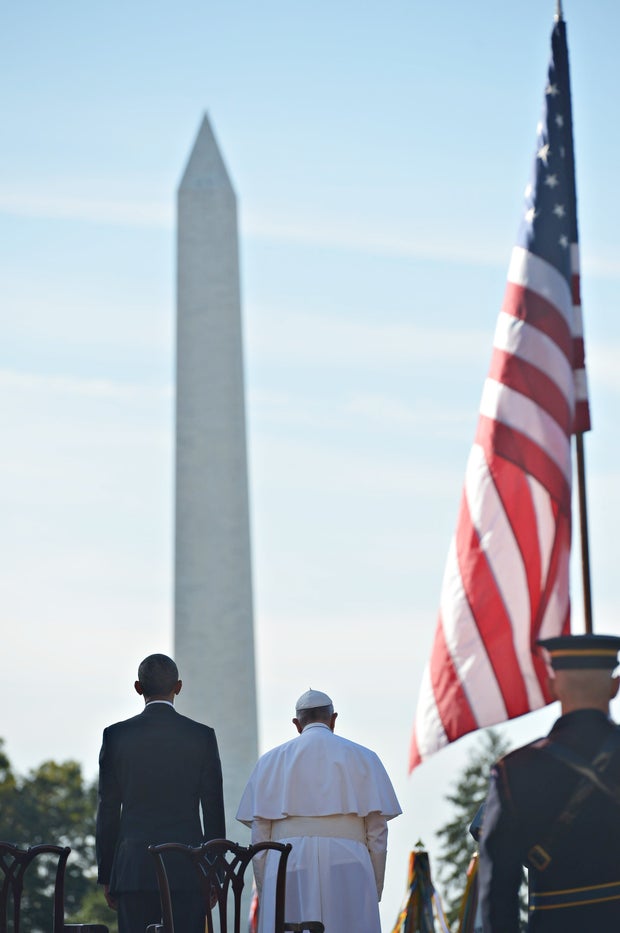 MANDEL NGAN/AFP/GETTY IMAGES MANDEL NGAN/AFP/GETTY IMAGES
President Barack Obama welcomes Pope Francis to the White House on September 23, 2015 in Washington, D.C.
|
|
|
|
|


 
Pope Francis delivered a speech too progressive for Obama to give
Sep 24, 2015, 4:20 PM GMT-3
Pope Francis waves to the crowd from the Speakers Balcony at the US Capitol, September 24, 2015, in Washington, DC. Pool/Getty Images
If President Barack Obama had delivered the text of Pope Francis’s speech to Congress Thursday as a State of the Union address, he would have risked being denounced by Republicans as a socialist.
While most Republicans chose not to complain, and Democrats tried not to gloat, Francis’s speech to Congress was stunning in the breadth, depth, and conviction of its progressivism. That might not have been fully and immediately appreciated by everyone in the House chamber because the combination of Francis’s sotto voce delivery and his heavily accented English made it difficult, lawmakers said, to grasp everything he was saying.
But there was no mistaking his thrust. He made detailed arguments for openness to immigrants, addressing the human roots of climate change, closing the gap between the rich and the poor, and ending the death penalty — all of which invigorated the Democrats in the room.
“It was pretty progressive. He had a little right-to-life stuff in it,” Rep. James Clyburn, the third-ranking House Democrat, said as he cracked a smile thinking about how Republicans would receive the speech. “That’s enough for them.”
The pope isn’t going to change many hearts and minds in the badly divided Congress, lawmakers said, but the moment provided a brief respite from political warfare. Several presidential candidates, including Sens. Bernie Sanders, Lindsey Graham, Marco Rubio, and Ted Cruz, as well as Ben Carson, attended.
Rubio, a Roman Catholic, said in a brief interview that Francis “struck the right tone.” Sanders, a self-described socialist, seemed to like the content even more.
“Pope Francis is clearly one of the important religious and moral leaders not only in the world today but in modern history,” he said in a statement released after the speech. “He forces us to address some of the major issues facing humanity: war, income and wealth inequality, poverty, unemployment, greed, the death penalty and other issues that too many prefer to ignore.”
Democrats were eager enough to present Congress as united that they joined a Republican-led standing ovation when Francis told lawmakers of “our responsibility to protect and defend human life at every state of its development.” Several of them said it was out of respect for the pope. But there was another good reason: It strengthened the perception that the whole speech — most of which they liked — carried unifying themes.
Unity was good for Democrats because the speech favored their policies
Francis was interrupted a few times by whoops from the Democratic side of the chamber — by Steve Cohen, a Jewish Memphis Democrat who got excited about Francis’s mention of the Golden Rule; by New York’s Nydia Velázquez when he called for an end to the death penalty; and by Philadelphia Rep. Chaka Fattah when he mentioned his upcoming visit to that city. The Republicans in the room were a bit more staid. Cruz often appeared unmoved during moments when Rubio, who was sitting nearby, applauded. That was the case when Francis asked whether the greater opportunities sought by past generations of immigrants are “not what we want for our own children?”
It was a home crowd. Rep. Paul Gosar (R-AZ) had announced he would boycott the event over climate change, and there was a brief murmur when it became obvious that three conservative Catholic Supreme Court justices — Antonin Scalia, Samuel Alito, and Clarence Thomas — had not shown up. But it seemed that everyone in attendance just wanted to catch a glimpse of Francis and hear what he had to say.
Big-name guests filed into the public galleries above the House chamber long before the pope’s arrival: Former House Speaker Newt Gingrich, former Rep. Gabby Giffords, mega-donor Tom Steyer, and Carson. House members filled the seats in their chamber, followed by the Senate and four Supreme Court justices. At about a minute past 10 am, Francis strode down the center aisle of the House chamber, clad in his familiar white robe and skullcap.
Lawmakers, who had been admonished not to touch the pope, refrained from trying to shake his hand or pat his back. There was no rush to crowd him the way members of Congress try to get into pictures with the president during the annual State of the Union address. When he got to the end of the aisle, he quietly shook hands with Secretary of State John Kerry and then made his way to the rostrum.
Samantha Power, the US ambassador to the UN, pulled out a baby blue iPhone and began snapping pictures. Though she later took to Twitter to commemorate the moment, Power hadn’t posted any of her photos by midday.
For his part, Francis warmed up the audience by describing America as “the land of the free and the home of the brave.” He was slow to move into more politically charged territory but unimpeded when he did. There were 10 standing ovations after his initial greeting, and they were bipartisan.
Francis tackled tough issues at the heart of the US political debate and gently admonished lawmakers to build bridges
At times, Francis seemed to be speaking directly into the headlines and newscasts of the day.
Less than a week after Carson said that America shouldn’t elect a Muslim president, Francis warned that “a delicate balance is required to combat violence perpetrated in the name of a religion, an ideology or an economic system, while also safeguarding religious freedom, intellectual freedom and individual freedoms.”
As Republican presidential frontrunner Donald Trump promises to build a wall between Mexico and the US, and to prevent Syrian refugees from being admitted to America, Francis compared the current refugee crisis to the one that arose in World War II and said that “we the people of this continent are not fearful of foreigners, because most of us were once foreigners.” That drew a standing ovation. Rubio, who has shifted his emphasis on immigration reform over time, leaped to his feet.
And while Democrats continue to bask in this summer’s Supreme Court decision protecting same-sex marriage, the pope said he was concerned that “fundamental relationships are being called into question, as is the very basis of marriage and the family.” The issue that caused the biggest stir before the speech — climate change — factored prominently in Francis’s remarks. He spoke of the human roots of global warming and said, “I am convinced we can make a difference.”
But perhaps the most unexpected run in the speech was an admonishment as gentle as it was clear: Politics is about building bridges, not destroying them. Francis never mentioned the international nuclear nonproliferation deal with Iran by name or the gridlock in American politics, but he seemed to be speak to both matters.
“When countries which have been at odds resume the path of dialogue — a dialogue which may have been interrupted for the most legitimate of reasons — new opportunities open up for all,” he said. “A good political leader is one who, with the interests of all in mind, seizes the moment in a spirit of openness and pragmatism. A good political leader always opts to initiate processes rather than possessing spaces.”
Pennsylvania Republican Rep. Joe Pitts, speaking about the pope’s limited remarks on abortion and same-sex marriage, said he was displeased that Francis had been “unfortunately politically correct.”
For liberals, though, he was simply correct about politics.
https://www.vox.com/2015/9/24/9393731/pope-francis-speech-progressive-obama
|
|
|
|
|

Post by shipstamps » Tue Nov 18, 2008 4:27 pm
 Not much is know about the caravel, where and when built unknown. Tonnage 200 ton, dim. 85 x 25 x 14ft. (draught) Four masts, fore and main mast square rigged, mizzen and Bonaventura mast lateen rigged. She was the flagship of Don Pedro de Mendoza (1487-1537) expedition to the River Plata. Mendoza held a post in the court of Charles V, when he in 1534 made an offer to Emperor Charles V to make an expedition on his own account for the discovery and conquest of Paraguay and the countries on the Rio La Plata. 24 August 1534 Mendoza on board the MAGDALENA and 13 other vessels, with 3000 men set sail from San Lucar, Spain. Receive from the Emperor before sailing 2.000 ducats, with the condition, when he transported to the new founded colonies 1000 colonists and 100 horses, build a road to the Pacific Ocean, erect three forts within two years he would receive 2.000 ducats more. Also he had to take 8 monks, a physician, a surgeon, and an apothecary, but he was forbidden to introduce a lawyer in the colony. He was to have half the treasure of the chiefs killed and nine-tenths of the ransom. Mendoza was made before sailing military governor of all the territory between the Rio de la Plata and the Strait of Magellan. The office of the Governor was also made hereditary. Off the coast of Brazil the fleet was scattered in a heavy storm, and Medoza lieutenant Osario, was assassinated, according to some authorities by the orders of Mendoza himself because of suspected disloyalty. 1535 Mendoza sailed up the Rio de la Plata, and founded Buenos Aires on 02 February 1536. He erected two forts there to defend the place. Pestilence broke out and the natives became unfriendly after ill treatment by the Spaniards. His brother Don Diego led a force against the hostile tribes, but was killed with three-fourths of his men. A general conspiracy of the natives was formed, and Buenos Aires was captured and burned by the natives. Mendoza retired to the forth Sanctus-Spiritus, from where he dispatched Juan de Ayolas to explore the upper part of the river. Another brother, Gonzalo arrived with reinforcements and founded the city of Ascención in Paraguay in 1536. Mendoza, disappointed and with a broken health, embarked on board the MAGDALENA for Spain in 1537, leaving Juan de Ayolas in charge. During the long voyage to Spain he died maniac on board the MAGDALENA on 23 June 1537. The fate of the MAGDALENA is not known. Argentine 1979 400p + 400p sg 1646 Source: mostly copied from http://en.wikipedia.org/wiki/Pedro_de_Mendoza http://famousamericans.net/pedrodemendoza
https://shipstamps.co.uk/forum/viewtopic.php?t=6731
|
|
|
 Primer Primer
 Anterior
22 a 36 de 36
Següent Anterior
22 a 36 de 36
Següent
 Darrer
Darrer

|
|
| |
|
|
©2025 - Gabitos - Tots els drets reservats | |
|
|


























